Sustainability Initiatives
The increasing emphasis on sustainability initiatives is driving the Functional Printing Market. Companies are increasingly adopting eco-friendly materials and processes to reduce their environmental footprint. This shift is not merely a trend but a necessity, as consumers are becoming more environmentally conscious. The market for sustainable printing solutions is projected to grow significantly, with estimates suggesting a compound annual growth rate of over 10% in the coming years. This growth is indicative of a broader movement towards sustainable practices across various sectors, including packaging, textiles, and electronics. As businesses strive to meet regulatory requirements and consumer expectations, the demand for sustainable functional printing solutions is likely to rise, thereby enhancing the overall market landscape.
Advancements in Material Science
Advancements in material science are playing a crucial role in shaping the Functional Printing Market. The development of new inks and substrates is expanding the range of applications for functional printing. For instance, the introduction of conductive inks has opened avenues in electronics, allowing for the printing of flexible circuits and sensors. This innovation is expected to drive market growth, with estimates suggesting a potential increase of 15% in the electronics segment alone. Additionally, the exploration of biodegradable and recyclable materials aligns with sustainability goals, further enhancing the appeal of functional printing solutions. As research continues to yield novel materials, the market is poised for dynamic growth, catering to diverse industry needs.
Customization and Personalization
Customization and personalization are emerging as pivotal drivers in the Functional Printing Market. As consumers increasingly seek unique and tailored products, businesses are responding by offering customized printing solutions. This trend is particularly evident in sectors such as packaging, where brands aim to create distinctive identities. The market for personalized printed products is expected to expand, with projections indicating a growth rate of approximately 8% annually. This growth is fueled by advancements in printing technologies that enable quick and cost-effective customization. Furthermore, the ability to produce small batches of personalized items without significant cost implications is reshaping the competitive landscape, allowing smaller players to enter the market and thrive.
Growing Demand in Healthcare Sector
The growing demand in the healthcare sector is significantly influencing the Functional Printing Market. With the rise of personalized medicine and advanced diagnostics, there is an increasing need for innovative printing solutions. Functional printing technologies are being utilized to create smart packaging, labels, and even wearable devices that monitor health metrics. The healthcare segment is projected to grow at a rate of approximately 9% annually, driven by the need for efficient and effective solutions. This demand is further fueled by the ongoing advancements in bioprinting and the development of medical devices that require precise and reliable printing techniques. As the healthcare industry continues to evolve, the functional printing market is likely to experience substantial growth.
Integration of Digital Technologies
The integration of digital technologies is revolutionizing the Functional Printing Market. Innovations such as digital inkjet printing and 3D printing are enhancing production capabilities and efficiency. These technologies allow for greater design flexibility and faster turnaround times, which are crucial in meeting the demands of modern consumers. The digital printing segment is anticipated to witness substantial growth, with market analysts projecting a rise of around 12% in the next few years. This shift towards digital solutions is not only streamlining operations but also enabling the production of complex designs that were previously unattainable with traditional methods. As businesses continue to adopt these technologies, the functional printing landscape is likely to evolve significantly.
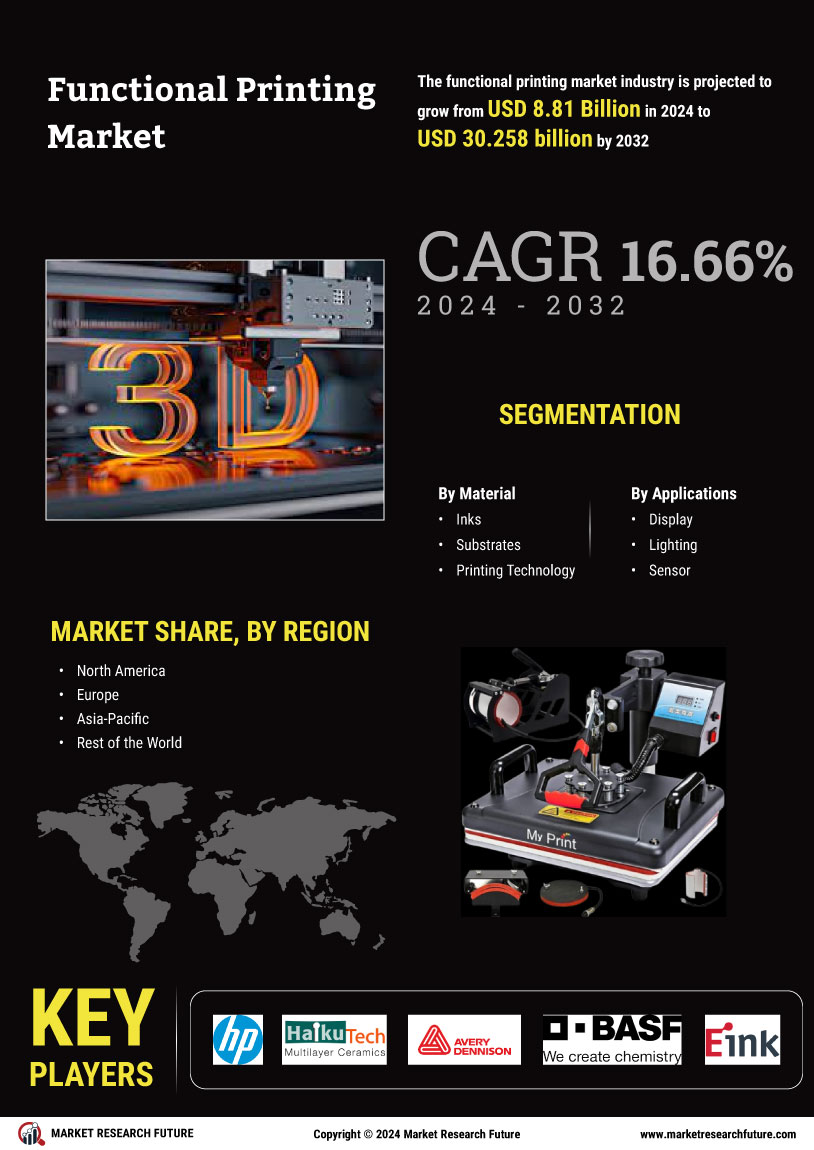
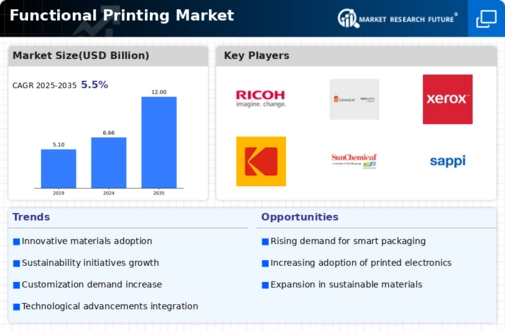
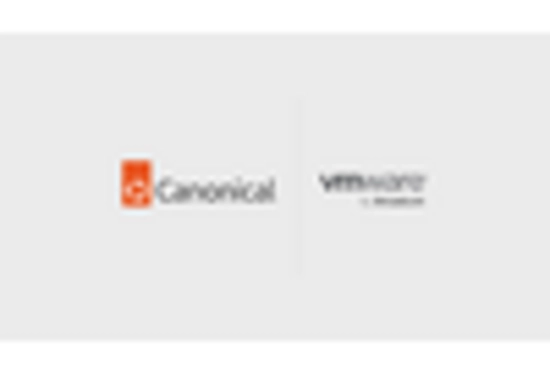
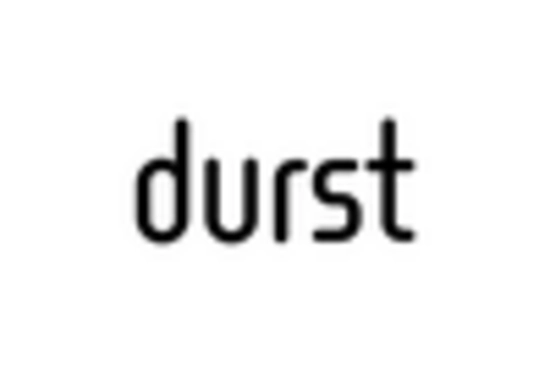
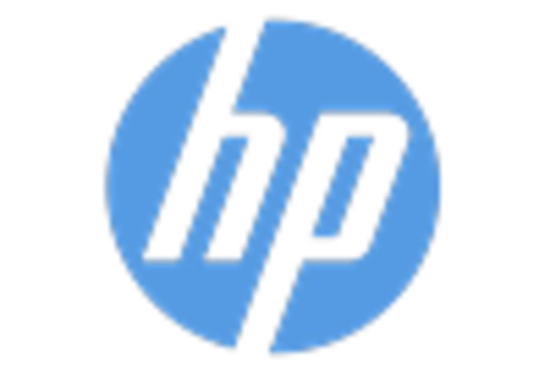
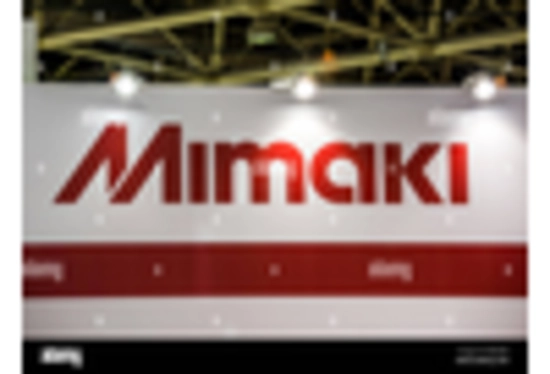
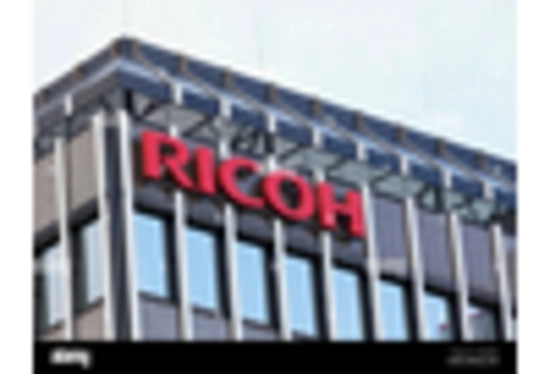
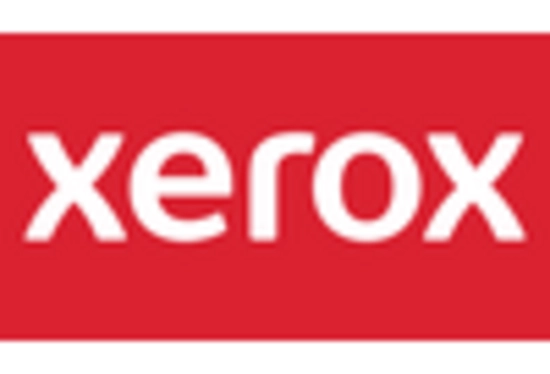








Leave a Comment